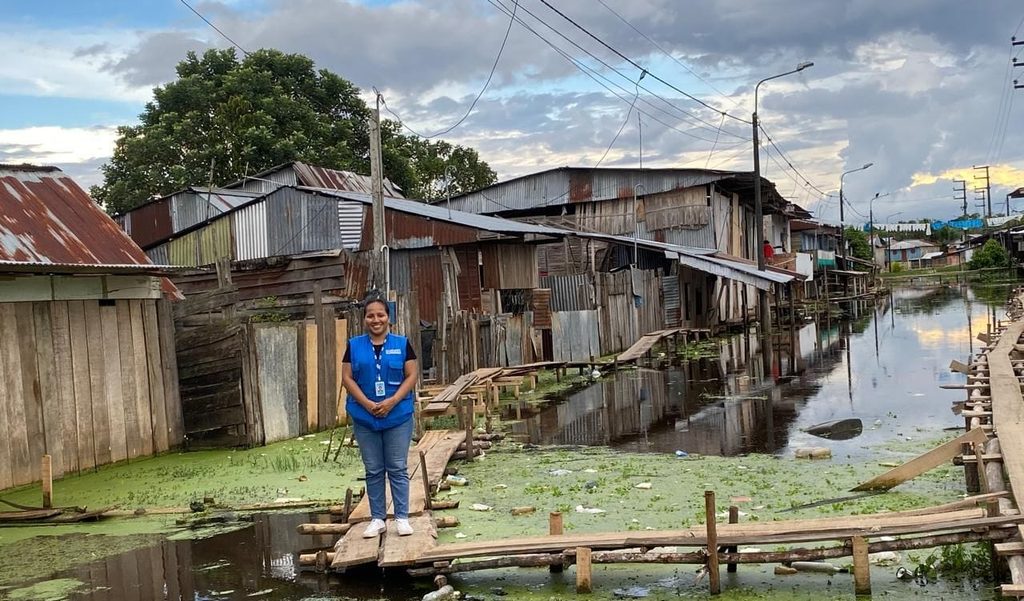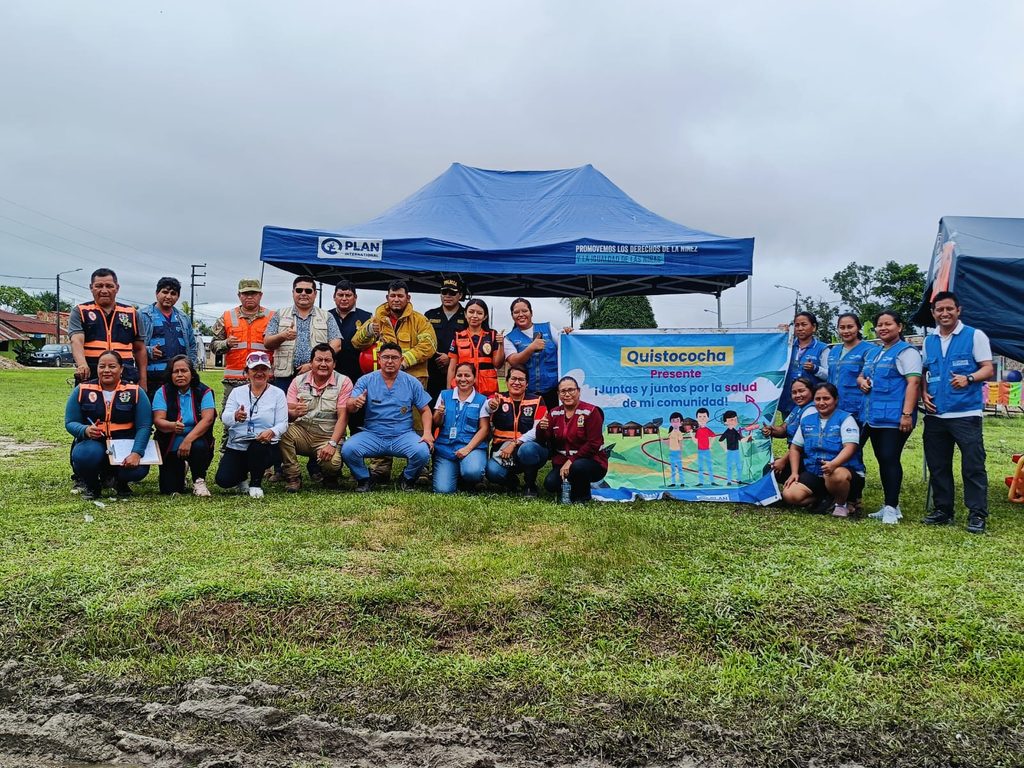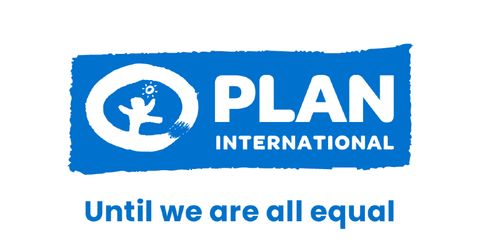In flood-stricken regions long-term solutions matter
In the flood-stricken Loreto region of Peru, disease and displacement threaten the most vulnerable. Claudia Katherine Valle Chinchay, Project Coordinator, Plan International Peru, explains why long-term support matters, and what it takes to keep children safe and healthy.

My name is Claudia Katherine Valle Chinchay, and I’m the Project Coordinator for Plan International’s Health Risk Management programme in Peru’s Loreto region. Over the past 9 years, I’ve worked across various emergency and aid projects, coordinating logistics, distributing food and water, building local capacity, and supporting communities through emergency preparedness and recovery.
Much of my work involves close coordination with local authorities, NGOs, and affected families to ensure our response is well-integrated and meets real needs. What keeps me committed is seeing the difference our work makes, especially for communities pushed to their limits by natural disasters, poverty, and displacement.
Climate extremes mean constantly changing needs
Right now in Loreto, the situation on the ground is difficult and constantly changing. Communities are being hit hard by climate extremes: intense rains, flooding, and droughts. The biggest concern is the flooding of rivers such as the Nanay, the Itaya, and the Marañón. When flooding happens, communities are much more vulnerable, with rural and peri-urban areas the most affected.
“Communities need more than short-term aid; they need resources to recover, rebuild, and become resilient.”
Claudia
People lack access to clean water, proper healthcare, and safe infrastructure. In many places, families rely on fishing or agriculture, but flooding and climate change are wiping out their livelihoods, deepening poverty, and forcing people to leave their homes. The social toll is just as severe. Inequality is growing and there are tensions over limited resources. Women, children, and the elderly face extra hurdles accessing essential services. In urban areas, displacement is leading to overcrowding and further strain on already limited public systems.
Sustainable solutions
That’s where our Health Risk Management project comes in. We’re working to build community resilience and respond to urgent needs. This means supporting health centres with biomedical equipment, maintaining and rehabilitating infrastructure, and promoting public health. We focus particularly on the prevention and control of vector-borne diseases such as dengue, malaria, and leptospirosis, all of which spike during floods.
So far, we’ve trained over 160 community health agents linked to 10 local health facilities across the San Juan Bautista and Nauta districts. These agents are now visiting more than 2,500 families to raise awareness, teach preventative practices, and offer lifesaving health advice. Through these home visits, we’re reaching people directly with tools to reduce risk and stay safe.
“Children often share their fears with me: the fear of losing their homes, their schools, their play spaces. This generation deserves better.”
Claudia
What communities need most right now is clean drinking water, medical care, and support for rebuilding livelihoods. But we also need to think long-term. We must focus on sustainable solutions such as training communities, improving emergency preparedness, and supporting local economies so that people don’t just survive the next crisis, but are actually ready for it.
Impact of flooding on children
Children often share their fears with me: the fear of losing their homes, their schools, their play spaces. Many of them feel sad and confused when their routine is interrupted by flooding, and they worry when they see their parents struggling to find food or access care. This generation deserves better.
If I could ask the world for one thing, it would be consistent, long-term support during crises like these, which simply don’t end when the floodwaters recede. These communities need more than short-term aid; they need resources to recover, rebuild, and become resilient.

If I had the power to change something? I would strengthen coordination across humanitarian efforts, and I would make sure that communities are listened to. Let’s face it, the people most affected by emergencies have the deepest understanding of their own needs and challenges. I would also make sure that resources are used effectively and that no one falls through the cracks. I would invest in long-term infrastructure — clean water, healthcare, and disease prevention — so that people are better protected the next time a disaster hits.
I am motivated by the hope I see in young people. Even in the middle of chaos, children and teenagers continue to dream, to laugh, and to plan for the future. They show us what’s possible, and they remind me why this work matters so much.
Categories: Emergencies
